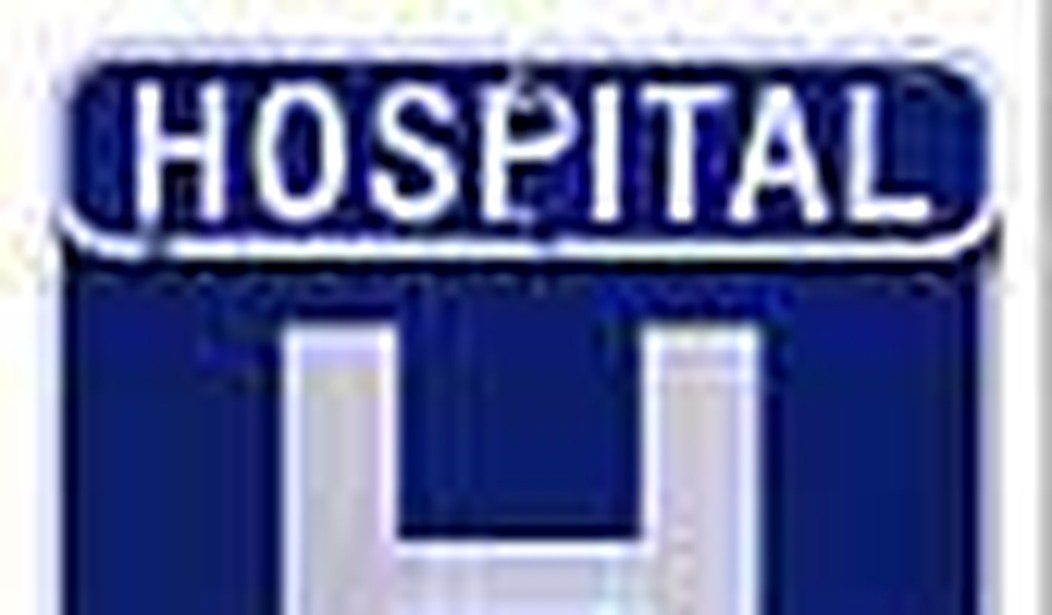[T]he status quo is untenable. … [E]verybody understands we can’t keep doing what we’re doing…whatever it is that we’re doing right now isn’t working. … [I]f we don’t do anything, costs are going to go out of control. Nobody disputes this. Medicare and Medicaid are the single biggest drivers of the federal deficit and the federal debt by a huge margin.
— President Barack Obama, June 24, 2008, ABC News Special.
[I]f you are happy with your plan and you are happy with your doctor, then we don’t want you to have to change. … So what we’re saying is, if you are happy with your plan and your doctor, you stick with it. … [I]f you’re happy with your plan, as I said, you keep it. .. For us to completely change our system, root and branch, would be hugely disruptive and I think would end up resulting in people having to completely change their doctors, their health care providers in a way that I’m not prepared to go.
–President Obama, same program
There is a disconnect in the Obama administration’s rhetoric on health care. On the one hand, the administration points out that our current health care financing system, particularly for government-funded programs, is unsustainable. This suggests an urgent need for major reform.
On the other hand, the administration is quick to reassure Americans that they will be able to keep the same insurance and maintain the same relationships that they have with their doctors now. As individuals, most Americans are happy with the status quo, and the Obama administration does not want to appear to threaten their satisfaction.
The administration is trying to position Obamacare as solving problems in our health care system that are real and fundamental while allowing individuals to continue with business as usual. The administration has decided that the best way to appeal to voters is to offer hope without change.
As individuals, we want unlimited access to medical services without having to pay for them. The problem is that if everyone enjoys unlimited access, paid for by insurance or government programs, health care spending will grow out of control. Such a system is unsustainable.
Many people want to believe that health care policy is a matter of villains and saviors. Villains include drug companies whose profits ought to be squeezed, doctors whose pay ought to be cut, or health insurance companies with excessive overhead. Saviors include electronic medical records or increased reliance on medical prevention.
However, research by health care policy experts, such as those at the Congressional Budget Office, shows that villains and saviors are not the key to controlling the growth of health care costs. Instead, the problem is that Americans make extravagant use of medical procedures with high costs and low benefits.
Research shows that spending on health care differs considerably across regions within the United States, with no difference in outcomes. Much of this research has been undertaken within the Medicare program, so that the problem cannot be blamed on lack of government involvement. Moreover, the research shows that differences in spending across regions are accounted for mostly by differences in the amount of services provided, not by price differences.
From a cost-effectiveness standpoint, to paraphrase the old Pogo cartoon, “We have met the enemy and he is us.” Given unlimited access to medical services without having to pay for them, as consumers we will choose procedures with high costs and low benefits.
Consider the following examples of what I call “gray area medicine,” meaning medical procedures that are neither absolutely necessary nor absolutely unnecessary.
On the ABC news program, President Obama mentioned that hip surgery on his terminally ill grandmother was not particularly helpful in retrospect. Yet he would not go so far as to say that such surgery is absolutely unnecessary.
In the United States, beginning at age 50 it is recommended that individuals get a colonoscopy in order to screen for colon cancer, and to repeat this procedure about every five or ten years. This protocol is not absolutely necessary. The cost per life saved may be quite high, perhaps one million dollars or more. In Canada, the budget does not allocate enough equipment and specialists to carry out this protocol. On the other hand, the colonoscopy protocol is not absolutely unnecessary. The scientific evidence strongly supports the efficacy of the protocol for preventing a very common form of cancer.
Consider the case of a young woman with cancer. After one attempt at chemotherapy, the cancer returns. Suppose that the best available treatment at this point costs $100,000 and offers a chance of working of only one in 200. A rational bureaucrat might say that you would have to treat 200 such people to save one life, for a cost of $20 million. But would you be prepared to say that this treatment is absolutely unnecessary? Would you say that if it were your own daughter?
Americans do not want to change the way that they make medical decisions today, and President Obama recognizes that. However, our health care spending decisions create a financial mess, because we are spending each other’s money. President Obama recognizes, too, that this system is unsustainable.
What President Obama does not acknowledge is the fundamental contraction between rhetoric that promises the status quo to individuals while also promising to solve fiscal problems that can only be achieved through reductions in our use of medical services. Politically, this “hope without change” promise is difficult to assail. The internal contradictions will only become evident in later years, when the tough choices have to be faced.








Join the conversation as a VIP Member